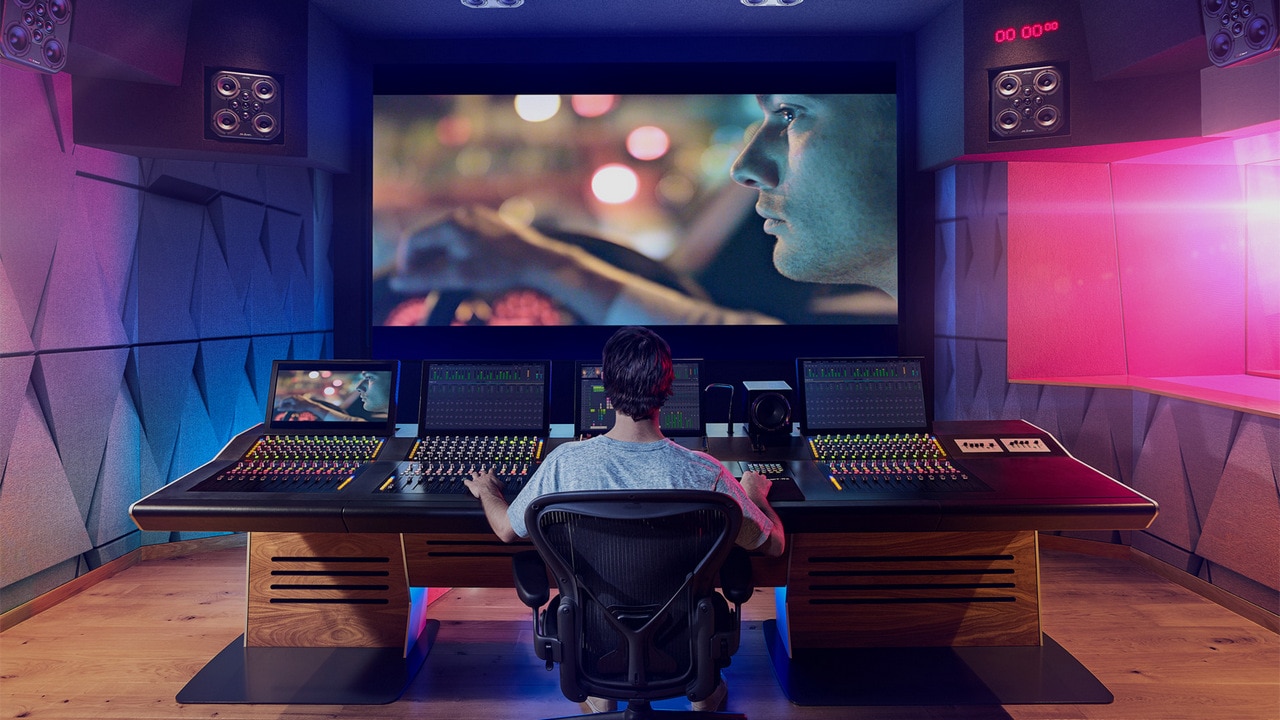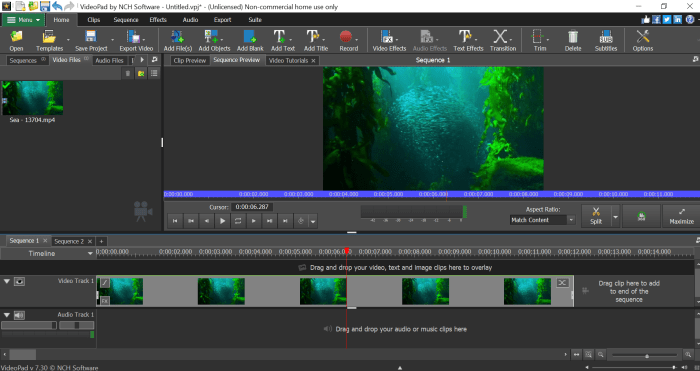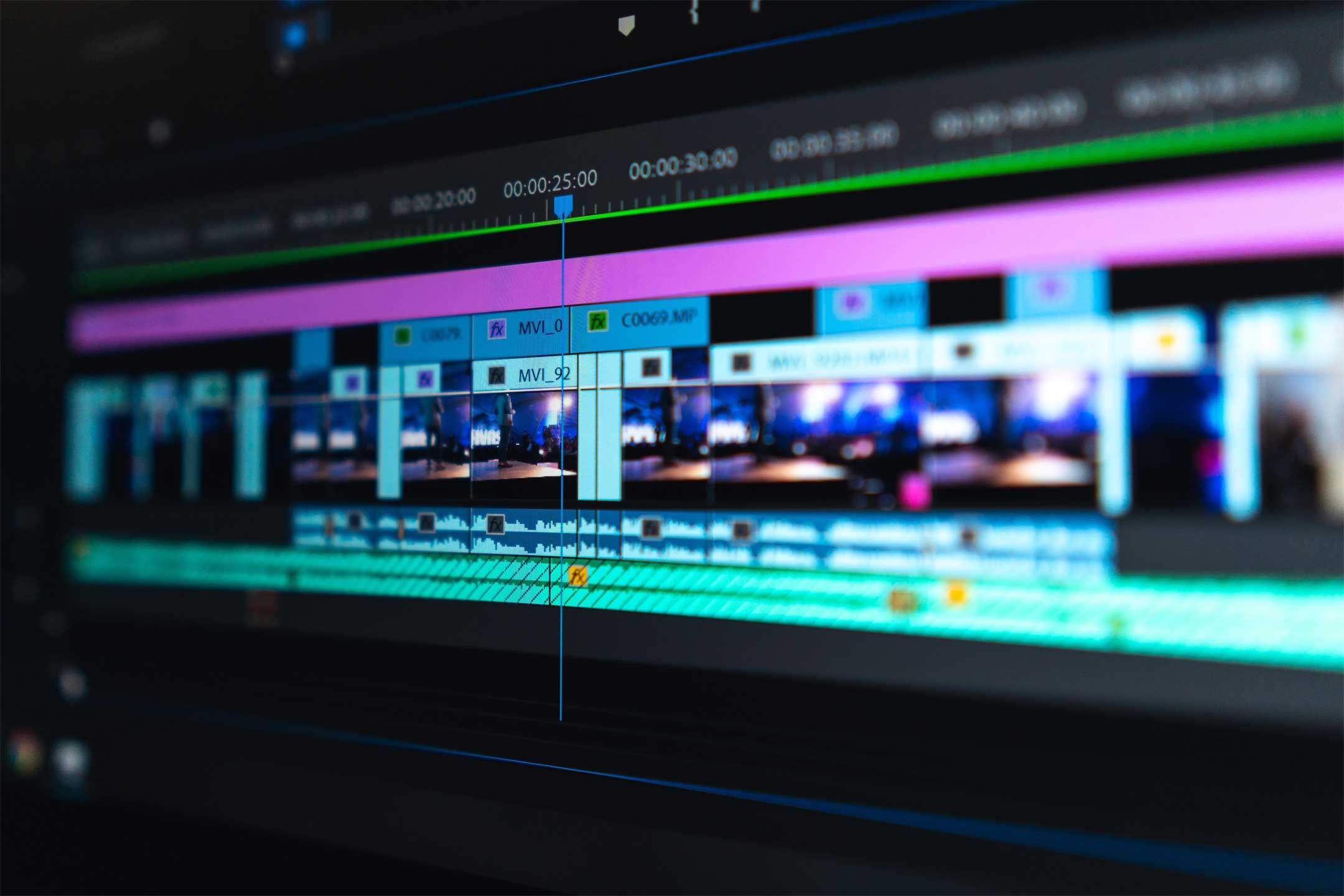
But since this is for video editing, we picked something a little more reserved. Picking a case is mostly up to your personal aesthetics, and with RGB fans and a clear side panel, you can make a great gamer-looking PC. The 3200G also includes its own cooler that is plenty adequate even when overclocking, so there is no need to buy anything else. The 3200G has solid onboard graphics, and a graphics card can be added later for increased performance in graphics-intensive editing programs. Notably, this PC is missing a graphics card. So the upgrade path is there if you ever need more performance.

Most importantly, the motherboard can support any Ryzen CPU, including one of the insane 16-core models. The CPU can be overclocked to get even more performance, and the ASRock motherboard we selected has a lot of overclocking headroom for a low-power CPU like this. It’s a steal for under $100! It will be able to handle some 3D effects and rendering just fine. The Ryzen 3 3200G is a 4-core processor that includes impressive integrated graphics. This is a great system for getting started. This comes in at just about $350, which leaves plenty of money for buying Windows 10 (or just install Windows and never activate it, and you’ll have mostly-full functionality with a small watermark on your screen) and any larger-capacity storage drives you may need to store all of your footage. Boot Drive: Silicon Power 256GB SSD – $31.Case: Thermaltake Versa H15 Micro ATX – $50.Power Supply: EVGA 450W 80+ Bronze – $40.RAM: Team T-Force Vulcan Z 16GB 3200Mhz – $65.

We’re going to be using some of the main components in the $1000 build too, so don’t skip this part!

If you want to start editing now, and then upgrade later, this is a great budget system with an excellent upgrade path. Before talking about our 4K system, let’s talk about a potential starting point.


 0 kommentar(er)
0 kommentar(er)
